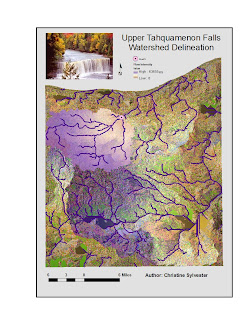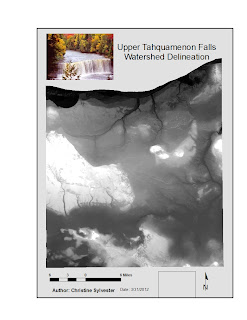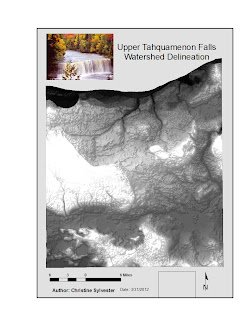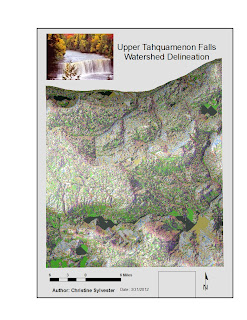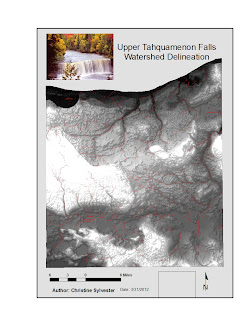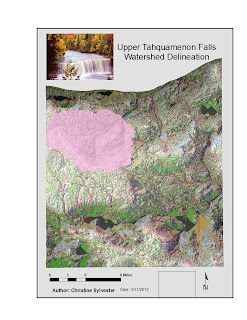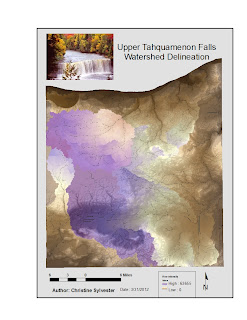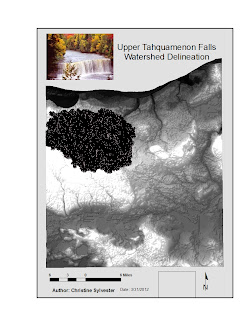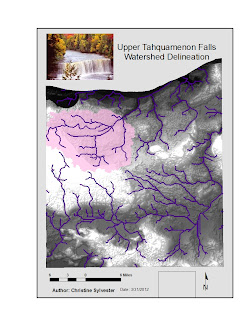For this assignment the creation of a Thematic Map using one particular attribute; in this case it is poverty levels in the United States. Using a closely related color scheme or by using a different saturation of one color scheme. Both seemed to be effective. The use of histograms is part of the analysis; specifically the first four listed:
Natural Breaks (Jenks) – Look for groupings the data or breaks where there were large gaps in the data. With this method the areas of interest really stand out and that is why it is used a lot as like groups. The color variations change predominately in the southwest; including Nevada all the way to Texas.
Equal Intervals – This method sets the value ranges in each category equal in size. The entire range of data values (max - min) is divided equally into however many categories have been chosen. all of the data is equally divided so the data seems rather blurred together. It does seem to help if only looking at a small portion of the map.
Standard Deviation- The data is highlighted according to how much above or below it is from the mean.
Quantile - Very realistic; This method classifies data into a certain number of categories with an equal number of units in each category.
Defined Interval, Geometrical Interval
The first step in the process was downloading the data into ArcMap.
Selecting (highlight), then export the shapefiles of Alaska, Hawaii, and the Contiguous United States; assigning the different projections and giving them a separate data frame. Your work is done!
Well almost, analyzing the data that you have is now required. This involves looking for patterns and spatial relationships; I try to look for anything that could possibly have a connection.
I have my histogram charts stored in One Note and have listed a hyperlink; hopefully this will work. If not, I will be sending them to the drop box.
http://christine-gisrocks.blogspot.com/2012/04/thematic-mapping.html







